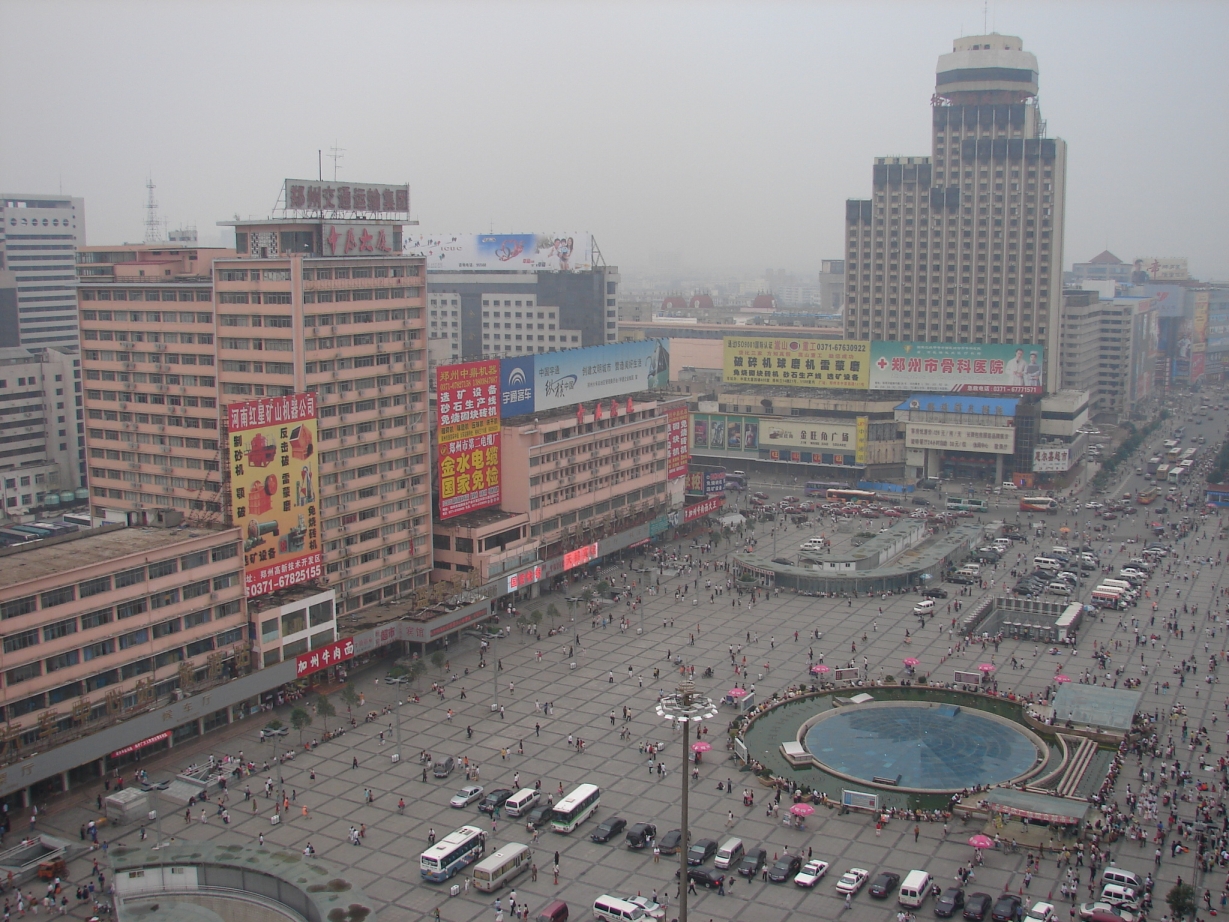Climbing the Great Wall. Listening to tales of human sacrifice in the Forbidden City. Guessing how many pearls in a freshwater mussel. An elaborate tea tasting. Watching people kick a shuttlecock back and forth in a park.
Those were some of the highlights of my three-day weekend in Beijing.
Though I was the target of several rip-offs (see Beijing Swindlers), it was still a worthwhile trip. If you’re a history buff like I am, it’s hard not to be enthralled by a place that was the capital of the world’s largest empire more than 200 years before Columbus discovered America.
I took two all-day tours. The first included visits to the Great Wall, Changling Tomb and a silk-product showroom. The second featured trips to the Forbidden City, the Temple of Heaven and the Summer Palace, along with shopping for pearls and tea.
I never made it to Beijing during my previous visit to China 25 years ago, so this was my first look at the Great Wall and Forbidden City.
We visited Badaling, the most touristy section of the Great Wall about 50 miles northwest of Beijing. After a steep 15-minute climb that passed by a bunch of souvenir shops and a zoo-like exhibit of ragged-looking bears, we took a cable car (the colorful seats reminded me of an amusement park ride) further up the mountain to the start of the brick walkway that runs along the Great Wall.
From there, you can decide how high to climb on the path, which has been restored over the years and fitted with guardrails. I made it to the second of three watchtowers, where I stopped to talk with a Dutch teacher who was on my tour.
The views from the wall are breathtaking and it’s an amazing engineering feat, considering that this section was originally built more than 600 years ago. But I must admit I was slightly disappointed. Maybe it’s because of the tacky atmosphere surrounding the site or the fact that you know it’s been thoroughly renovated in modern times. Still, you really can’t visit Beijing without seeing it.
The same is true of the Forbidden City, which was the home of China’s imperial rulers for 500 years. Surrounded by a moat in the heart of Beijing, it’s a vast complex of ancient buildings, courtyards and gardens. Our tour guide regaled us with stories about the emperors, empresses, concubines and eunuch servants who lived there, including a disturbing ritual in which the emperor’s childless mistresses were buried alive with him when he died. And you thought corporal punishment was bad.
***
Changling is the largest of the Ming Tombs, the burial site of 13 Ming dynasty emperors. Changling contains the body of Emperor Yongle (who died in 1424), his wife and 16 concubines, which I presume makes for some interesting family chats in the afterlife.
Temple of Heaven is Beijing’s version of Central Park, an oasis of tranquility in the midst of an urban jungle. The 660-acre park includes a number of impressive structures such as the Hall of Prayer for Good Harvests, a towering wooden building constructed without a single nail. It has a three-tier, umbrella-shaped blue roof and sits on a marble base.
Another can’t-miss is the Echo Wall that surrounds the Imperial Vault of Heaven. Whisper into the wall and a friend can hear you on the other side. It only works when it’s quiet, however, and it’s rarely quiet at Chinese tourist sites. Non-PETA members might want to check out the Animal Killing Pavilion, where sheep, deer and other creatures were slaughtered as sacrifices to the gods.
On a lighter note, I saw a group of senior citizens singing beautiful Chinese songs in the park. They had their own conductor and were accompanied by an enthusiastic accordion player. I also watched games of jianzi, where players try to keep a weighted shuttlecock in the air by kicking it or using any other part of their body except their hands. Some of the players were acrobatic, twisting one leg behind another and kicking the shuttlecock with their heels. It’s like playing badminton with your feet instead of a racket.
***
I also visited the Summer Palace, once the summer retreat for China’s emperors and empresses. The complex includes temples, gardens, bridges, towers and a huge man-made lake that was deepened and expanded by 100,000 workers. I bet they didn’t get overtime.
We later stopped at a pearl shop, where we were shown a tank of freshwater mussels (they incorrectly called them oysters) and asked to guess how many pearls one of them contained. I said 14, but when the saleswoman opened one up, there were more than two dozen. I’d be a lousy contestant on “The Price Is Right.’’
Almost every tour includes souvenir stores, where you get a long sales pitch to buy locally made products. We visited a silk showroom, where you could purchase expensive bed covers, sheets, ties, shirts and dresses, and stopped at a tea house, where gift packages cost from $40 to $600. One freebie was a tea tasting where we sampled five Chinese varieties. All can supposedly help cure health problems, ranging from anemia and gout to diabetes and indigestion. I wonder if any of them can protect you from Beijing con men.
On the way back to our hotels, we passed by the Olympic Park where the 2008 Games took place. We saw the famous Bird’s Nest stadium and the Water Cube, where the swimming and diving events were held. The Water Cube is now an indoor water park, but the stadium is rarely used and most other Olympic venues are empty shells. It shows the folly of spending billions to build state-of-the-art facilities that are used for a few weeks and then largely forgotten.





Great photo, Rick. Thank you for your company on the tour. I enjoy reading your blog – I learned more about China from reading it than from reading newspapers, books and magazines.